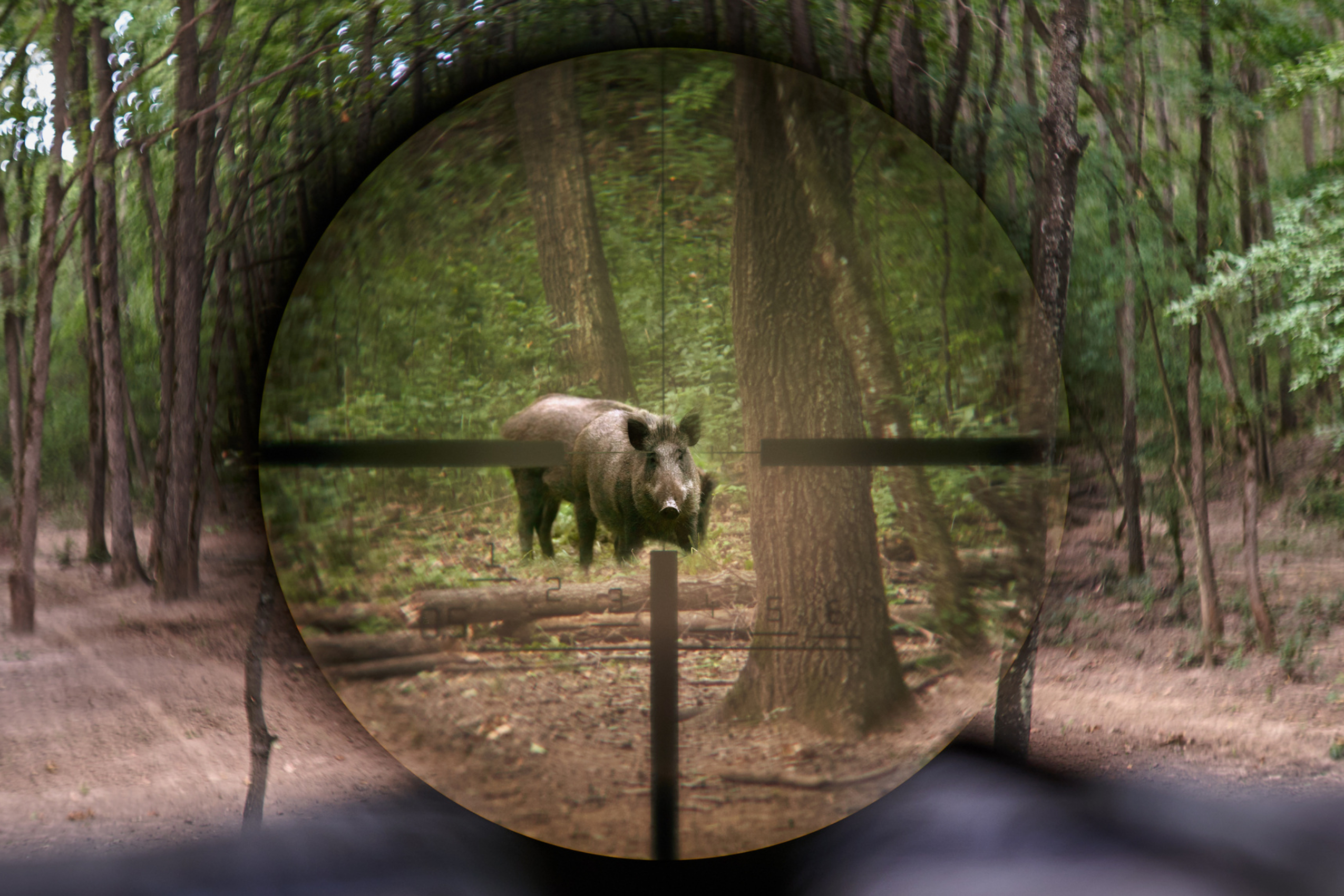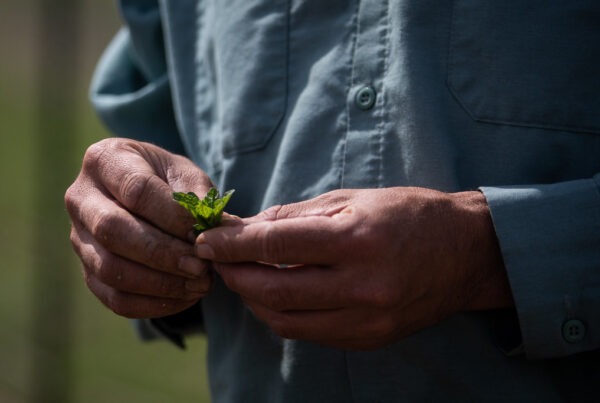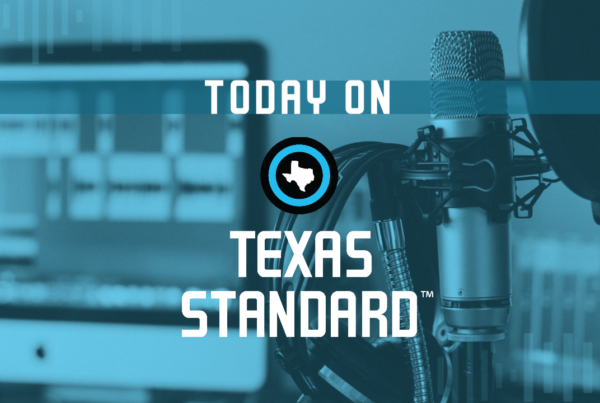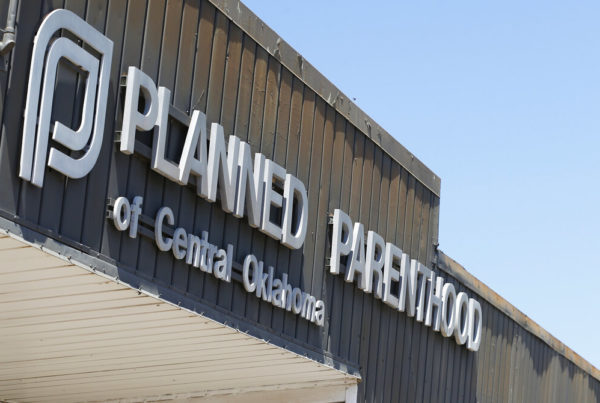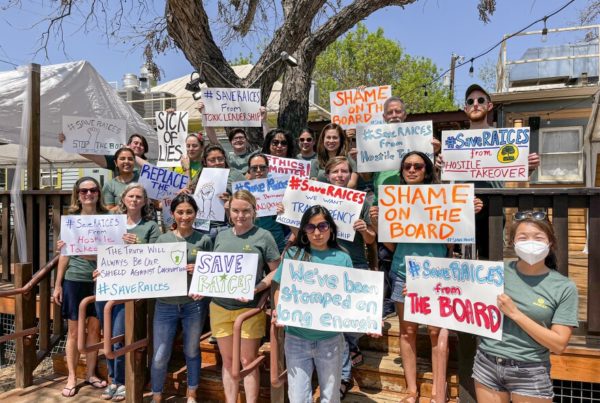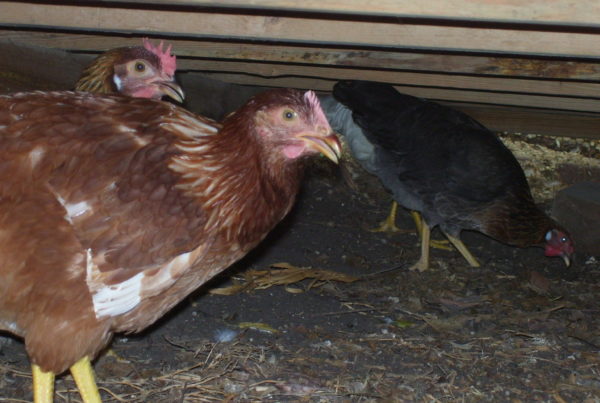It’s not hard to hunt feral hogs in Texas. That’s partly because there are so many of them here – the most of any state, experts think – and partly because it’s state policy to make hog hunting as easy as possible.
Feral hogs are among the most destructive invasive species in the United States. Every year, they cause over $1 billion in damage nationwide to crops and property. So landowners and government agencies like the U.S. Department of Agriculture are invested in decreasing their population.
Texas is a hog hunting paradise. Before 2019, hunters were required to have a license to hunt them. But the Legislature got rid of that requirement. Now, only a hunter’s education course is required.
“The idea is to kinda remove any of those barriers to folks hunting pigs,” said John Tomeček, associate professor and extension wildlife specialist at Texas A&M University.
Tomeček is one of the people leading the fight against feral hogs in Texas. Hunting helps with that, he said. But it’s not the solution to the problem.
Hunting is not only inefficient; it can help spread pigs across the landscape.
“If we were to just go out and hunt them, I liken it to taking a dandelion and blowing on it. You’ve just spread the infestation all across your yard,” said Mike Wefer, wildlife division chief for the Illinois Department of Natural Resources.
Feral hogs move in groups called sounders. The best way to get rid of them is by dispatching the entire sounder at once. This can be accomplished with a corral trap, which surrounds the entire sounder. Shooting them from a helicopter or a hot air balloon is also OK if you can kill the whole group at once.
But if you just shoot one, the rest scatter.
“Now you’ve got little pockets everywhere else, makes them harder to track them down, and creates new points where they can gain a foothold and start spreading again,” said Wefer.
Plus, there’s a big market for feral hog hunting, so in states where it’s legal and accessible, there are economic reasons to keep them on the landscape.
Tennessee is a good example of this. When the state first opened a hunting season on feral hogs in 1999, there were feral hogs in six counties. By 2011, they were in 70 counties.
The pig problem in Illinois didn’t start until about 2009. But instead of making it easier to hunt them, the state went the other way.
“In many states, you know, you can shoot pigs year-round. We don’t do that here in Illinois,” said Wefer.
In Illinois, if feral hogs damage your property, you have to get a permit to kill them. You can hunt feral hogs recreationally, but only for a limited time each year. Right now there are only two known populations of feral hogs in the state. Wefer thinks that limiting opportunities to hunt them has been key to keeping their numbers down.
“There is a definitive economic tie, or incentive, for turning these animals loose. And by taking away sport hunting opportunity, we’re removing the incentive,” he said.
Other states have even tighter rules for hunting feral hogs. It’s illegal to do so in Utah and Nevada. The same is true in Kansas and Missouri, with a few exceptions. In those places, feral hog numbers have gone down in recent years.
“There have been feral swine in Kansas at least since the early 90s. But we’re a very different model than most places. Sport hunting of feral swine’s never been allowed here. And because of that they’re never really expanded. And I would guess that a lot of Kansans don’t even know we have feral swine in Kansas,” said Drew Ricketts, extension wildlife management specialist with Kansas State University.
Tomeček, the Texas feral hog expert, said it’s unlikely that Texas policymakers would consider implementing something closer to the Kansas model.
There are a few reasons why. For one, there is a robust feral hog hunting industry in Texas – a whole economic ecosystem of guides, landowners and professional hog management services that exist because it’s so easy to hunt hogs here. It would be extremely difficult to put that toothpaste back in the tube.
“And if you wanted to say no, we just don’t want people hunting pigs, we think it’s a bad idea, you will remove a significant amount of the take of pigs that happens on the landscape, so it’s not really a positive thing, we don’t really want to reduce folks trying to kill pigs,” said Tomeček.
So for the foreseeable future, the status quo for feral hogs in Texas will likely stay in place: lots of hogs running around, and lots of opportunities to hunt them.
The state’s problem does not just affect Texas, however. Populations of hogs originally from Texas have been found in other states. People are moving them across state lines illegally, in an effort to replicate the hog hunting opportunities found in the Lone Star State. But doing so could also mean replicating all the problems that come with a feral hog infestation.


